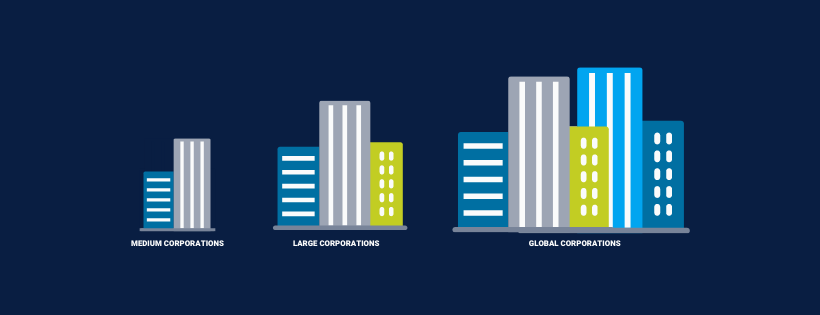Spreadsheet Struggles? Content Planning Software for Newsrooms
When it comes to organizing content in newsrooms, two approaches often come to mind: newsroom content planning software and spreadsheets. Both are efficient tools to help you keep track of your content and related tasks and make sure that everything is organized and up-to-date. Newsroom content planning software, or editorial management system, offers a range of features and can be used for tasks such as project management, task tracking, and content scheduling. Spreadsheets, on the other hand, are cheap and easy to use, allowing users to quickly enter and analyze data. However, we firmly believe that content planning software is far superior for content management in the newsroom. Read on to find out why.
The cons of content planning with spreadsheets
Working with spreadsheets makes it hard to collaborate: Using a regular spreadsheet instead of content planning software can be problematic when it comes to working together on a project. If the spreadsheet is shared and accessible to multiple team members, it can lead to confusion and chaos. Without a private space for each person to work on, you may find yourself struggling to keep track of what others are doing, which can also cause wasted time if someone inadvertently overwrites the work of another. Content planning software provides an organized and sorted approach that each team member can use to work on their own tasks independently.
They're a pain to integrate with a CMS: Combining spreadsheets and a CMS can be a tricky process, depending on the software you are using. If you want a content management system that is effortless to manage, traditional spreadsheets present a challenge, as they require additional steps which could lead to mistakes. To ensure a smooth integration, investing in specialized content planning software is the best option, as it offers convenient and intelligent integrations that are easy to understand.
It's difficult to control who has access to what information: Keeping certain information confidential can be a challenge when relying on spreadsheets. Businesses often have confidential data that not everyone in the company should have access to, especially freelancers. This can make it difficult to restrict access to certain parts of a spreadsheet.
Nevertheless, content planning software provides users with the capacity to monitor who can see what. Not only can you assign tasks to staff and freelancers, but you can also configure permissions for each person.
The benefits of newsroom content planning software
Investing in an editorial management system or newsroom content planning software such as Kordiam has a lot of advantages that are hard to achieve with a traditional spreadsheet, such as:
Customizable views: Kordiam provides endless possibilities for you to customize your views to fit your needs.
Save time: The saved views feature of the software helps you to access frequently used pages and documents quickly. Kordiam's Story List allows you to edit directly in the list and move stories with one click to the next time slot. You can also save time by integrating Kordiam with your CMS, DAM or other tools. Get an overview of more time-saving features here.
Improve collaboration: Kordiam is integrated with multiple CMS and DAM applications and has real-time updates on one over-arching calendar, that showcases each team’s tasks.
Stay organized: The filtering, sorting, and grouping features help in managing large amounts of content and multiple tasks, while also ensuring a seamless overview of all tasks and stories.
Using an editorial management system for content management in newsrooms can have many benefits. The software has features that make it easy to organize content and ensure your team is delivering their work on time. It also provides a structured way of working that each team member can use to work on their own tasks independently while also seamlessly collaborating with their colleagues. With the right newsroom content planning software in place, you can streamline your content management process and make sure that there is a steady flow of content for the right audience, at the right time.

